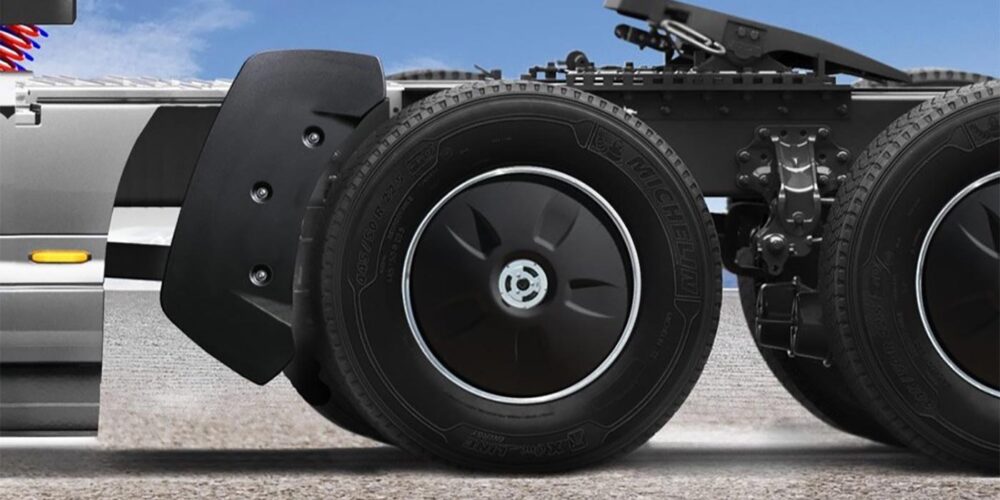I hope everyone enjoyed the holidays and didn’t go too far in debt. Let’s look forward to more sanity in 2015: What are the odds that we will be disappointed?
We’ll start this year off on a high note: I’m encouraged to see the recent interest in propane as an alternate fuel. This work has been spearheaded by Roush Industries, a first-class research organization. I had them do some R&D for Lubrizol, and I was very pleased with their response and their professionalism. Roush’s entrance into the alternate fuels world will bring credibility to the use of propane as an alternate fuel.
Propane makes a lot of sense as an alternate fuel for several reasons. First, its composition never changes. Natural gas is roughly 3/4 methane, but its remaining composition can vary depending on the source of the natural gas. This makes it difficult for fuel system producers to fine-tune the air/fuel ratio as well as can be done with propane, which is always a single compound.
Secondly, there are now systems available that can directly inject liquid propane into an engine. Gaseous fuels, by their very nature, are difficult to meter as accurately as liquids when being injected under high pressures. Liquids aren’t as compressible as gases. Again, this enables fuel injection systems to be more precisely tuned by their manufacturers.
Thirdly, liquid fuels require much less space and weight to store onboard. Another advantage of propane is the fact that it is stored in low-pressure, non-cryogenic tanks at only about 150 PSI, minimizing safety issues.
How will propane perform in your fleet?
Propane has only about 3/4 of the energy content of gasoline; so, tankage sizes may have to be increased. Octane number is more than 100; so, there will be no engine internal issues when converting from gasoline to propane.
“The cost to convert current vehicles to propane will be less than the money required to convert to natural gas…”
I’m sure propane will cost more than CNG in your market because extra steps are necessary to produce propane from natural gas. However, the recent increases in natural gas supplies due to the advent of “fracking” mean that supplies of propane should be increasing and prices stable for the foreseeable future.
The cost to convert current vehicles to propane will be less than the money required to convert to natural gas because the tankage will be less expensive. Current estimates are it will cost between $8,000 and $10,000 per vehicle to convert.
The current supply situation should keep the cost of propane at around $1.50 per gallon less than diesel for the near future. Additionally, maintenance costs should be reduced because propane is such a clean-burning fuel. Propane produces half as much carbon monoxide (CO) emissions as does gasoline, so the “greenies” should endorse it.
Now, for one of my favorite topics: Unintended consequences. The state of Washington recently complained that BNSF’s focus on hauling shale oil has caused ports in the Puget Sound’s market share to drop from around 15% to 9%. It’s all BNSF’s fault because they insist on transporting shale oil to several refineries in Washington.
What is the real story here? These same politicians voted against the Keystone XL pipeline, ensuring that Warren’s railroad would experience a 40-fold increase in business over the past few years. Rail lines that could be hauling containerized height from Washington ports are hauling shale oil.
Additionally, Washington politicians have spent nothing on improvements to infrastructure and placed increasingly stringent regulations on rail shipments. So, trainloads of oil fill up antiquated rail lines, and container shippers take their shipments to Canada’s Prince Rupert ports where facilities are more modern and taxes are lower. What did Washington expect them to do? They’re not idiots, they’re simply good business people. Perhaps Washington politicians should reconsider their negative votes on the Keystone XL pipeline.













